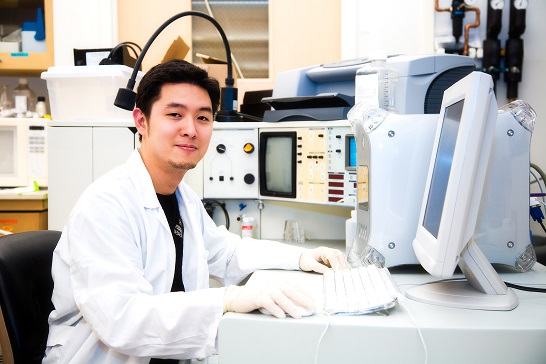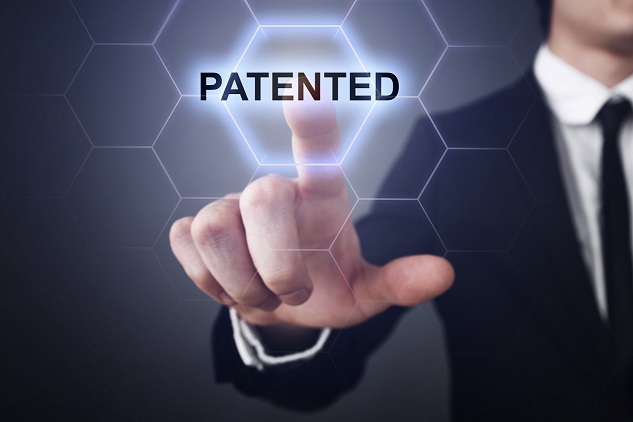We are excited to welcome thought leader Dr. Stephen Tedeschi as a guest blogger. Dr. Tedeschi, is a Partner at PatentVantage, a leading patent research and strategy firm. He is also an Adjunct Faculty member at the National Institute of Health’s Foundation for Advanced Education in the Sciences (FAES). For more on Dr. Tedeschi, please see below.
 In every stage of innovation, knowledge of current and previous research is critical to developing a clear direction to progress forward. From inception, to basic research, to development, to sales, to product protection, reviewing both patent and technical literature published globally will greatly influence your ability to make technical, legal, and business decisions. It is particularly important at the beginning of the innovation lifecycle, when scientists and engineers are planning a research project. Missing critical prior research can result in repeating others’ research, including unsuccessful projects, not knowing solutions to common challenges already encountered, and losing ownership of any products or licenses resulting from the research already patented. All too often, I’ve seen scenarios where the missing information was readily available in a patent. Here are just a few examples.
In every stage of innovation, knowledge of current and previous research is critical to developing a clear direction to progress forward. From inception, to basic research, to development, to sales, to product protection, reviewing both patent and technical literature published globally will greatly influence your ability to make technical, legal, and business decisions. It is particularly important at the beginning of the innovation lifecycle, when scientists and engineers are planning a research project. Missing critical prior research can result in repeating others’ research, including unsuccessful projects, not knowing solutions to common challenges already encountered, and losing ownership of any products or licenses resulting from the research already patented. All too often, I’ve seen scenarios where the missing information was readily available in a patent. Here are just a few examples.
Continue Reading…
 The world of sequence variation IP is complicated and confusing, and fraught with legal risk, but there is a solution, as Ellen Sherin of GQ Life Sciences reports.
The world of sequence variation IP is complicated and confusing, and fraught with legal risk, but there is a solution, as Ellen Sherin of GQ Life Sciences reports. 
 Mechanical, chemical, and life sciences patents in particular, pose their own challenges to searching. In all of these technologies, inventions can be described in ways that are not searchable through text-based interfaces. For example, these technologies may be disclosed as images, Markush structures, or Gene sequences. None of this information is effectively
Mechanical, chemical, and life sciences patents in particular, pose their own challenges to searching. In all of these technologies, inventions can be described in ways that are not searchable through text-based interfaces. For example, these technologies may be disclosed as images, Markush structures, or Gene sequences. None of this information is effectively  In every stage of
In every stage of  About a week ago, the FTC filed a suit against Endo Pharmaceuticals (among others) for blocking generic competition of its Opana ER and Lidoderm products. It is alleging that in addition to paying to delay competitive products, Endo used a no-AG commitment that gave Watson Laboratories more than 7 months of their own monopoly on the market during which Endo would not compete.
About a week ago, the FTC filed a suit against Endo Pharmaceuticals (among others) for blocking generic competition of its Opana ER and Lidoderm products. It is alleging that in addition to paying to delay competitive products, Endo used a no-AG commitment that gave Watson Laboratories more than 7 months of their own monopoly on the market during which Endo would not compete.  With the United States Supreme Court ruling in
With the United States Supreme Court ruling in 


